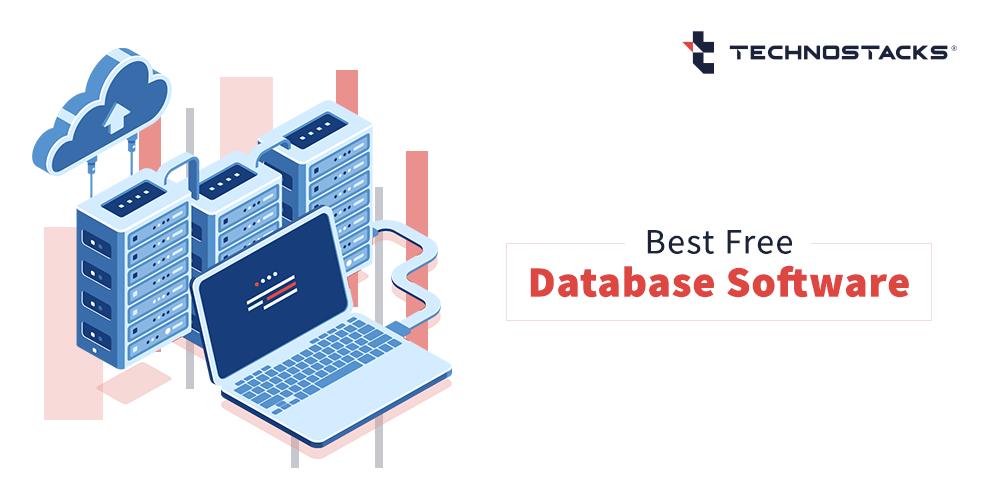How To Create Amazon API Gateway With Lambda Integration
How to work with an AWS Serverless API
Just think if your backend had no infrastructure and no permanent server, it sounds a bit isolated, doesn’t it? As it turns out, Serverless backends could subsequently be the coming big thing for advancely implementing robust and scalable cloud architecture.
However, even at present, AWS API’s are utilized in the form of Serverless API.
What is Amazon API Gateway and how to build it?
Amazon API Gateway is an AWS service that empowers developers to build, publish, sustain, maintain, monitor, and secure APIs at all-inclusive scales. You can create APIs that way in AWS and other sorts of web services.
Together with AWS Lambda, API Gateway acts like an app-facing part of the AWS Serverless infrastructure. For an application to call publicly accessible AWS services, you can utilize Lambda to communicate with the needed services and work on the Lambda functions by using API methods in the required API Gateway. AWS Lambda operates and runs the code on a highly accessible computing infrastructure.
How API Gateway assists Developers
API Gateway is built for web and mobile developers who want to offer secure as well as reliable access to backend APIs for access from mobile apps, web apps, and server apps that are created internally or by 3rd party ecosystem partners. A publicly reachable endpoint can offer the business logic that API Gateway proxies call, or it can be utterly run as a Lambda function.
There are two kinds of programmers who utilize API Gateway. The first one is the application developers and the others are API developers. An app developer creates a functioning app to call AWS services by enabling API methods in API Gateway. An API developer develops and deploys an API to empower the needed functionality in the accessible API Gateway. The API developer has to be an IAM user in the AWS account that has the ownership of the API.
Benefits of API Gateway
API Gateway assists you to deliver the best robust, secure, and scalable mobile and web app backends. API Gateway enables you to securely unite mobile and web apps to business logic hosted on AWS Lambda, APIs hosted on Amazon EC2, or other publicly workable web services hosted across AWS.
With API Gateway, you can build and work on APIs for backend services. For instance, you don’t require to create and sustain infrastructure to manage authorization and access control, traffic management, tracking, monitoring and analytics, version management, and software development kit (SDK) generation.
You can further add the DynamoDB table name as an environment variable and fill in the handler name to the specific function name.
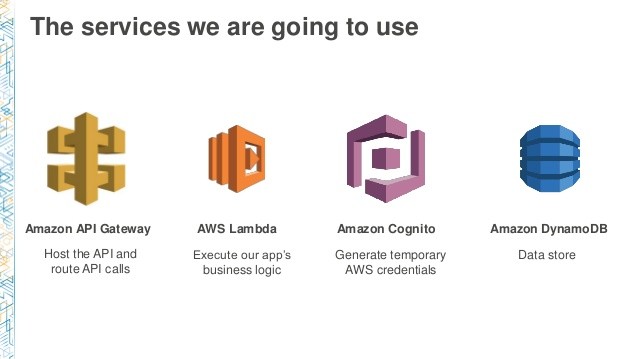
Creating an API Gateway with Lambda Integration
To create an API with Lambda integrations, you can utilize both Lambda proxy integration and the
Lambda custom integration. In a broad-spectrum, you must utilize the Lambda proxy integration for an agile and smooth API set up while offering flexible and commanding features.
Lambda proxy integration
With the Lambda proxy integration, the input to the integrated Lambda function can be articulated as any mix of request headers, path variables, query string parameters, and the body. With adding together, the Lambda function can utilize the API configuration settings to control its execution logic.
Lambda custom integration
While having Lambda custom integration, you must make sure that the input to the Lambda function is completed as the integration request payload. This means that an API developer needs to map input data provided as request parameters into the suitable integration request body. You may also require translating the client-supplied request body into a format accepted by the Lambda function.
Below you can view how you can use AWS Lambda to develop a service using Node.js.
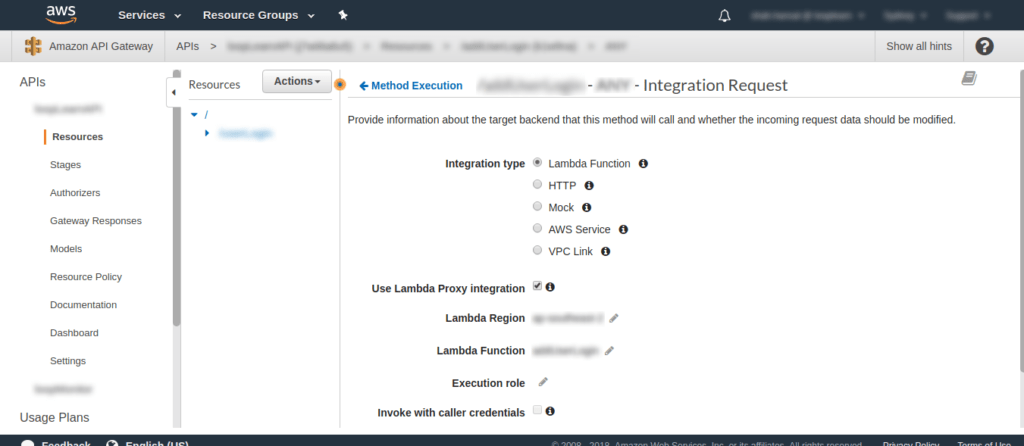
Utilization of API Key’s
You can utilize API key to secure your services right from the required unauthorized access. You can configure it within the API Gateway as below.
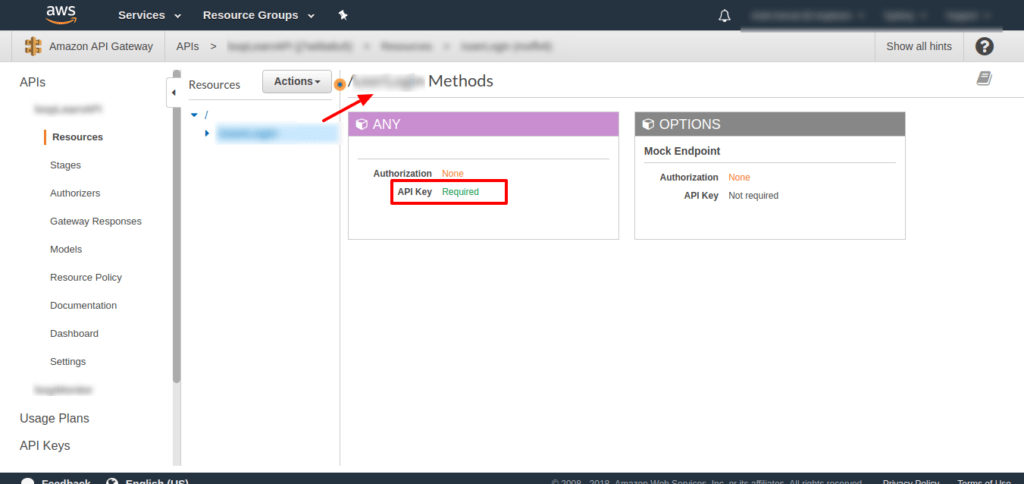
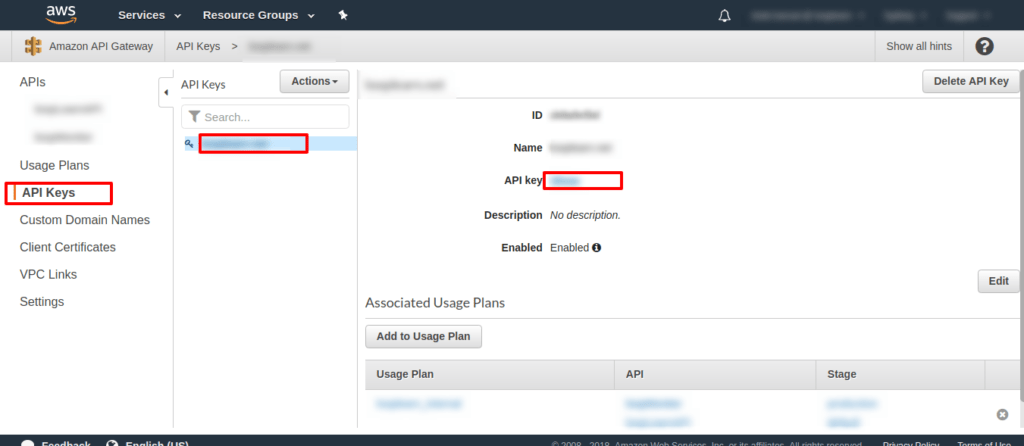
Stages and Deployment URL:
Once you are all set with our API Gateway and Lambda function, you can easily deploy to “Stage” with deployment URL that is obtainable through the App or Web as below.
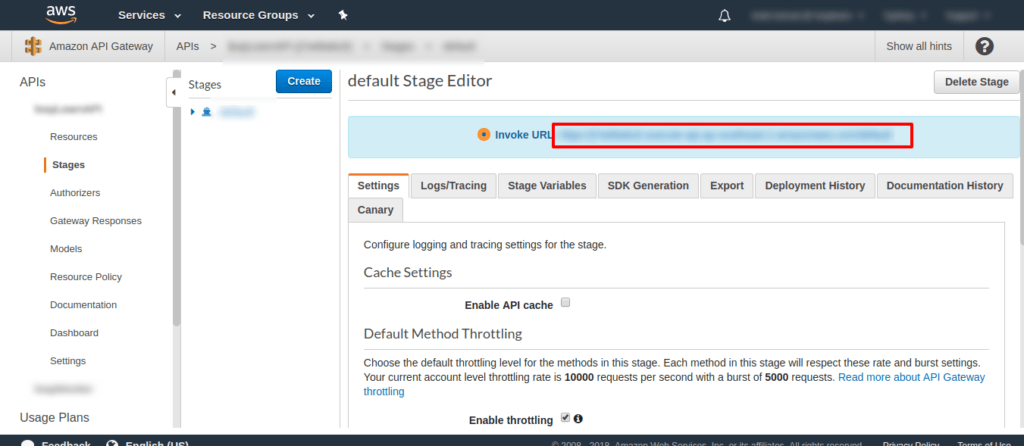
The Serverless Web Request
Within a serverless infrastructure, every request matches up to its own server. After the server processes the function, it is straight away destroyed.
Steps for handling a web request:
- The request comes in by an API Gateway
- The API request is being properly mapped to a dictionary utilizing Velocity Template Language (VTL)
- A server is built
- The server then transforms the dictionary to a customary Python WSGI and feeds it into the required application
- The application returns it, and it passes it by the API Gateway.
- The server is finally destroyed
Conclusion: Moving Ahead with Serverless API Backends
The serverless transformations display an insightful paradigm transfer in our capacity to generate notably scalable web services. Rethinking how events can glimmer temporary server iterations can be an enormous cost effective solution for micro services and even large scale projects to be executed.
With all the small connected services being deployed in this mode, the serverless display also retells the rise of enterprises that rely on diverse services to succeed; by applying for the web API’s position as an essential cog in current and upcoming web communication.








